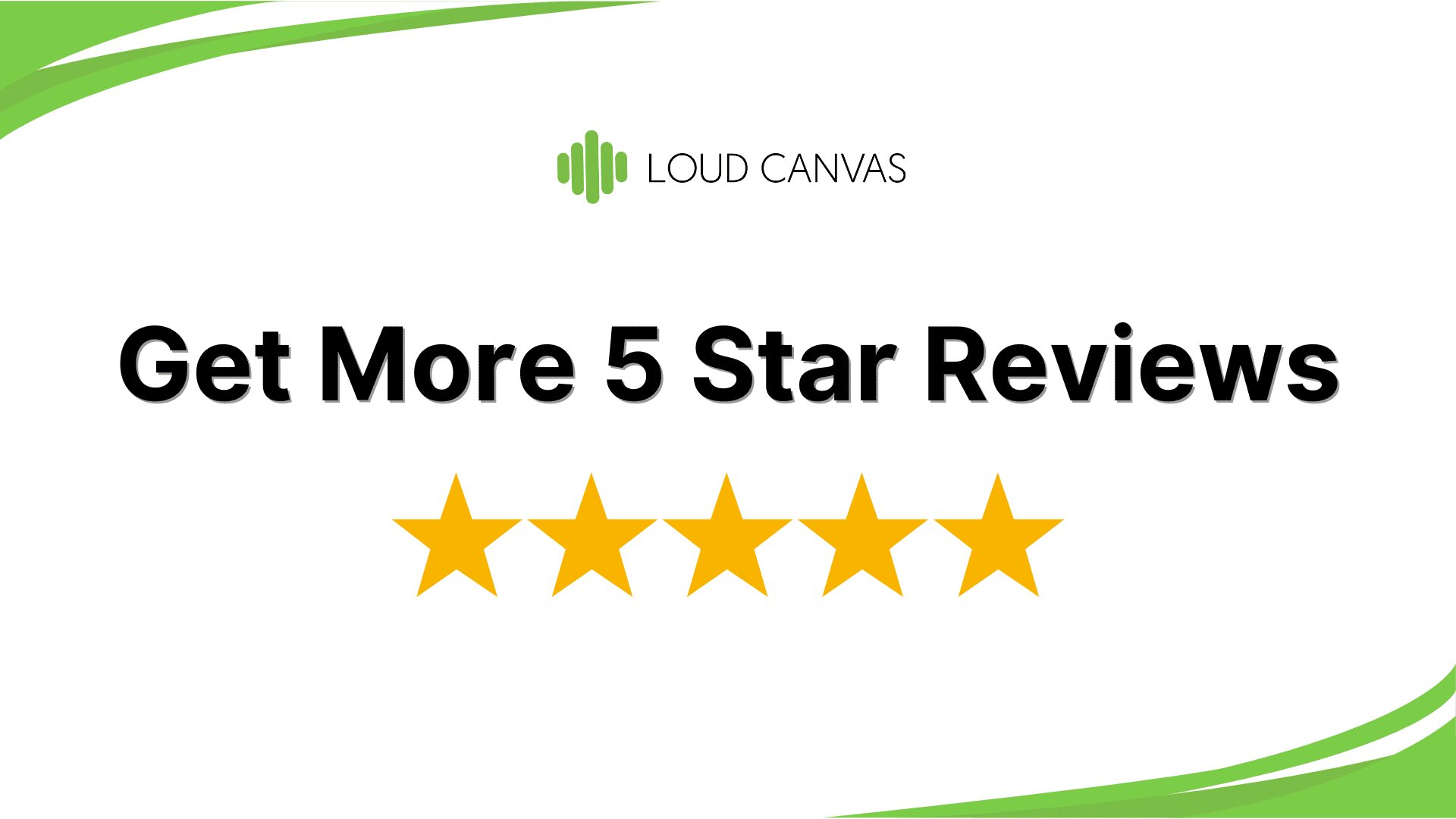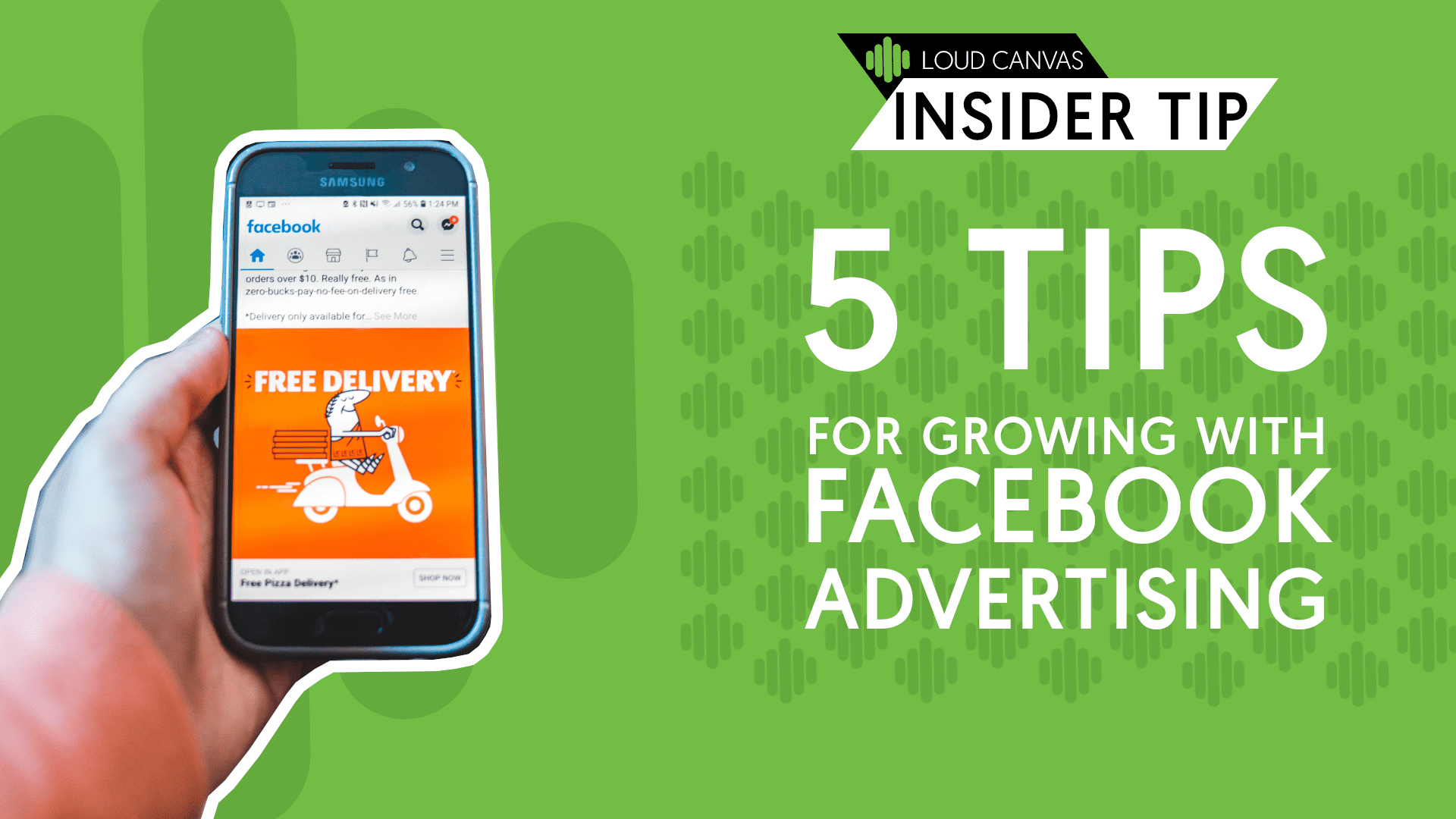When a business or a brand works to figure out a social media marketing plan, there is a question that regularly will come up: To auto-post or not to auto-post? That is, should you have your posts to Facebook automatically be posted on Twitter (and vice versa)? When Twitter was new to the social scene, yes, it made some sense to auto-post if only to get the content out there. And sure, it saves time and gets a message out, but is it tactically the correct move for you to be making? The answer is increasingly ‘No.’
Digging further, let’s start by asking yourself these questions: While your message is getting out to an audience in some capacity, is this the right message for the right audience? Is my content really gaining the attention and the traction it deserves or that I think it deserves? To begin to answer those inquiries, remember that Facebook and Twitter are very different. Both social media platforms, but reaching different demographics and in varying ways. Same pair of pants, different pockets.
While it is incredibly simple to connect Facebook and Twitter (thanks to Hootsuite and a bevy of apps), work with them as they are… two separate, and distinct, social media networks. As the cultures are different, users of each expect different things. First, consider the quantity and frequency of posts. On Facebook, a rule of thumb is one post per day for businesses and brands. Given the users that ‘Like’ the page, they’ll see that information come across their feed, no problem. Twitter, on the other hand, is a busy, high-volume hub of communication, which I always liken to a high school cafeteria at lunch before prom night – if a business or brand isn’t posting four or more times a day (especially reaching their potential audience members in different time zones), their message could simply be lost in a sea of tweets.
Now if a business is linking these accounts, they should be posting their minimum four times a day on Twitter, which is then blowing up Facebook with those same four messages. Add the fact that the content, and the messages, will (or should) look very similar, and now by linking your Twitter, you are basically spamming your own Facebook account, inundating those who follow you. Call it lack of etiquette, call it ‘not the norm’, call it just plain annoying…you will quickly alienate followers and they will be unfollowing your page.
On Twitter, you are encouraged to follow and connect with multitudes of people – whether you know them or not. The communication is more informal, and the connections typically made aren’t between that of actual friends – it’s a loose network for the spread of information and ideas. Facebook, at its core, is much more personal. On an individual’s page, you have to accept a friend, which entails at least some familiarity. For businesses, Facebook users are looking for the same level of familiarity, and posting a high volume (no matter how badly you want to get your message across) portrays something less formal.
Some individuals also forget that Facebook and Twitter speak to different demographics, and are actually heading in opposite directions in terms of the user population. Facebook is utilized more heavily by those over the age of 25 (I’ve met 100s of high school students who don’t have a Facebook account), while Twitter is used by a broader age range of teens to those in their 50s. Facebook Page Likes have slowed dramatically over the last year, while Twitter follows and engagements continue to rise. What does this mean for your business? Your Facebook content should be to maintain and appease the current audience that you have and less about growing that fan-base. Your Twitter content should be about promotion, marketing, and growth, building relationships with the new fan base that will no doubt lead to the domino effect of additional fan growth. Do you want to grow your Facebook page? Use the ‘gateway drug’ that is Twitter to push that account.
Ultimately, while the content for Facebook and Twitter can be very similar, there should be differences in place that meet the etiquette for the particular platforms. Brainstorm with your marketing team the message you want to get out to the world, then tailor it specifically to the audiences of each social page. Keep in mind too, that the syntax of the platforms varies as well. Twitter relies on hashtags , ‘@’, and RTing to function properly, while Facebook is much less niche. Hashtags were introduced on Facebook some time ago, and have still never really caught on. As an example:
Twitter, where you need hashtags and retweets to be heard within 140-characters: “Do not link your @Facebook and @Twitter accounts to #autopost. #SocialMedia #Advice”
If that exact message was posted to Facebook, it’d look more than a little funny, and those that Like your page would quickly lose patience if a variation of that was posted multiple times a day. Be creative, find ways to post to both Facebook and Twitter using the same content and the same message but in different ways. We all know you need to get your message out, but be smart about it!




